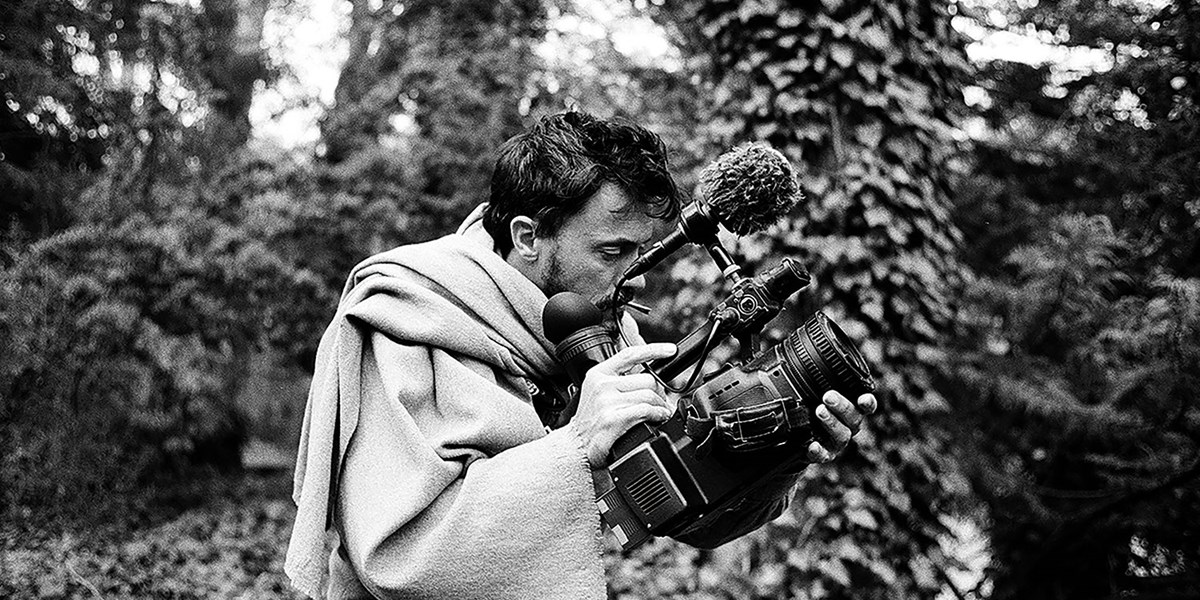Thursday, August 29, 2024
Vincent Moon: Nomad Cinema
French film-maker Vincent Moon walked away from a career documenting Western rock royalty to create what could be the most impressive and vast ethnomusicology experiment of the 21st Century. Anne Girard Esposito speaks to Moon about his many travels

Moon at the Monastery of Ségriès in France

Register now to continue reading

Thanks for visiting the Songlines website, your guide to an extraordinary world of music and culture. Sign up for a free account now to enjoy:
- Free access to 2 subscriber-only articles and album reviews every month
- Unlimited access to our news and awards pages
- Our regular email newsletters

